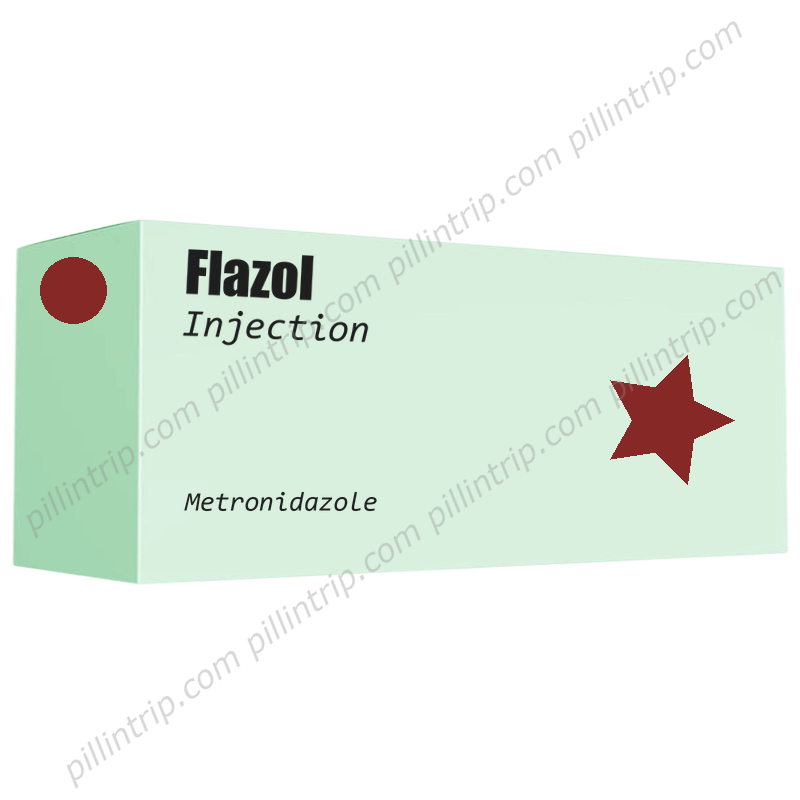Flazol
Быстрые ссылки на важные разделы
Flazol

Medically reviewed
Last updated on 10/9/2025
Эта страница содержит общую справочную информацию, собранную из официальных медицинских источников. Она не заменяет профессиональную медицинскую консультацию, диагностику или лечение. При принятии решений, касающихся вашего здоровья, обязательно проконсультируйтесь с квалифицированным медицинским специалистом.
Дозировка и схема применения
Побочные эффекты
Передозировка
Что лечит Flazol: основные применения и преимущества
Противопоказания
Взаимодействие с другими лекарствами
Фармакодинамика
Внимание! Всегда обращайтесь к врачу или фармацевту, прежде чем использовать таблетки или лекарства.
Эквивалент Flazol найден в:
 Portugal
Portugal Russia
Russia Mexico
Mexico Colombia
Colombia Cyprus
Cyprus India
India Czech Republic
Czech Republic Georgia
Georgia Lebanon
Lebanon Bosnia & Herzegowina
Bosnia & Herzegowina Israel
Israel Canada
Canada Denmark
Denmark USA
USA Argentina
Argentina Belgium
Belgium Norway
Norway Thailand
Thailand Switzerland
Switzerland Indonesia
Indonesia South Korea
South Korea Bulgaria
Bulgaria Turkey
Turkey Malasia
Malasia Finland
Finland Bangladesh
Bangladesh China
China Brasil
Brasil Ukraine
Ukraine Vietnam
Vietnam Spain
Spain Phillipines
Phillipines United Kingdom
United Kingdom Costa Rica
Costa Rica Tunisia
Tunisia Greece
Greece Sweden
Sweden Macedonia
Macedonia Hong Kong
Hong Kong Serbia
Serbia Japan
Japan Kenya
Kenya South Africa
South Africa Germany
Germany Belize
Belize Poland
Poland Italy
Italy Taiwan
Taiwan Austria
Austria France
France Venezuela
Venezuela Malta
Malta Ecuador
Ecuador Netherlands
Netherlands Australia
Australia Chile
Chile Lithuania
Lithuania Latvia
Latvia Trinidad & Tobago
Trinidad & Tobago Bahrain
Bahrain Peru
Peru Hungary
Hungary New Zealand
New Zealand Slovakia
Slovakia Myanmar
Myanmar Singapore
Singapore Pakistan
Pakistan Croatia (Hrvatska)
Croatia (Hrvatska) Estonia
Estonia Romania
Romania Slovenia
Slovenia